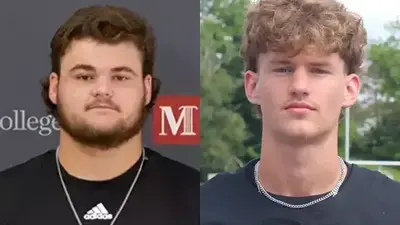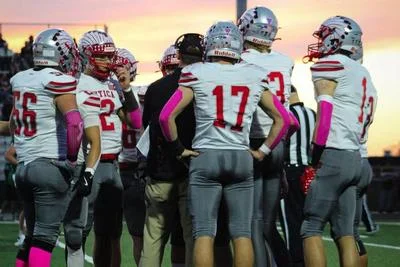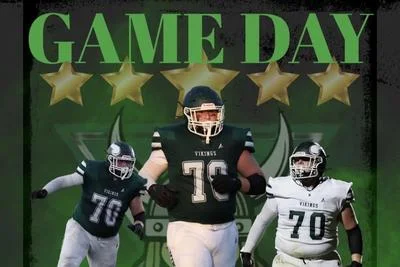Let’s talk athlete marketing
Marketing makes the world go ’round. Everything from food to clothes to toys to tools to fertilizer to entertainment to political stances is marketed, spun and sold. Sports is a microcosm of marketing for profit. Teams sell merchandise, advertising and logo items, and make a buck on uniforms and stadium sign placements and even sell naming rights to their stadiums. If there is money to be made, sports teams will pursue the opportunity. I once questioned Jerry Buss, former L.A. Lakers and L.A. Kings owner, about selling naming rights to the L.A. Forum, and he put it in perspective by asking me, “Mike, if I paid you a million dollars, could I call you, ‘Steve'?"
I get it, there is money in sports, and recently, it has been proposed that athletes, including student-athletes, get their cut. That works with the pros, as they get their percentage for uniforms with their names on them and are afforded other means to earn a buck on their names. That trickled down to NCAA athletes, who can now earn revenue on their NIL (name, image and likeness).
The acceptance was developed after a Supreme Court ruling last year, defeating the NCAA premise that as amateur athletes, players cannot make money off things such as jersey sales and autographs.
Well, if college athletes can make money on NIL, it was argued that the same should be in place for high school athletes. Recently, a majority of Ohio High School Athletic Association member schools voted down a proposal to allow high school athletes to benefit financially on their NIL in the same manner in which college athletes can now gain profit. So far, NIL revenue for high school students has been rejected by 31 states and approved in California, Colorado, Kansas, Louisiana, Nebraska, New Jersey, New York and Utah, and is being considered in 10 additional states and the District of Columbia.
While NIL marketing for high school students is up in the air, individual athlete marketing has made its way down to high school student-athletes, encompassing such things as NIL and influencing, to packaging student-athletes for college and pro careers and to reaching out to colleges on behalf of high school athletes in a sophisticated fashion in an attempt to secure scholarship offers.
One company dedicated to this packaging is GMTM, or GameTime (gmtm.com). Their releases say they are a social network for athletes, coaches, trainers and industry staff. They say they enable athletes from all over the world to connect directly with the industry's top organizations and professionals. By creating a free profile on their website, they say athletes can compete in exclusive online events including virtual combines and online tryouts, and virtually visit teams, trainers and other athletes who can level up their game. GMTM promotes the ability to monetize the brands of high--performing athletes on the college and high school levels. GMTM wants to be considered “an interactive LinkedIn for sports.”
Connor Dietz, a former D1 player and founder of GMTM, told me that athletes benefit from personal marketing. “For the first time ever, we're leveling the playing field and maximizing access so that no athlete gets left behind.” Dietz said sports has been a fragmented and antiquated industry for too long, and athletes are the ones who suffer the most. He said GMTM is free for athletes and “… this is for student-athletes in high school who want to be recruited by colleges or this is for college and pro athletes who want to market themselves for product endorsements.” When asked if this isn’t just a PR/marketing service for student-athletes, Dietz said, “This is not a service. This is a technology-enabling platform that allows athletes to control their own brand through video content.”
OK, a kid should be allowed to market himself or herself and be packaged for colleges and pros. And if someone is going to make a buck off the kid, shouldn’t the kid get a cut? Some state high school and groups say yes and others say no. Does playing for profit hurt a kid’s innocence and the purity of high school sports? Does this focus make athletic profit the goal rather than education and enjoying the high school experience? Or is it a dose of the real world, though earlier than most of us anticipated? Is this just another part of the evolution of society and increased sophistication of sports?
Should a student-athlete be able to profit from his or her status as an athlete? And should they be able to up-market themselves to colleges to further their education and careers?
What do you think? Let me know at mike.blake@mountvernonnews.com.
See you next time.







